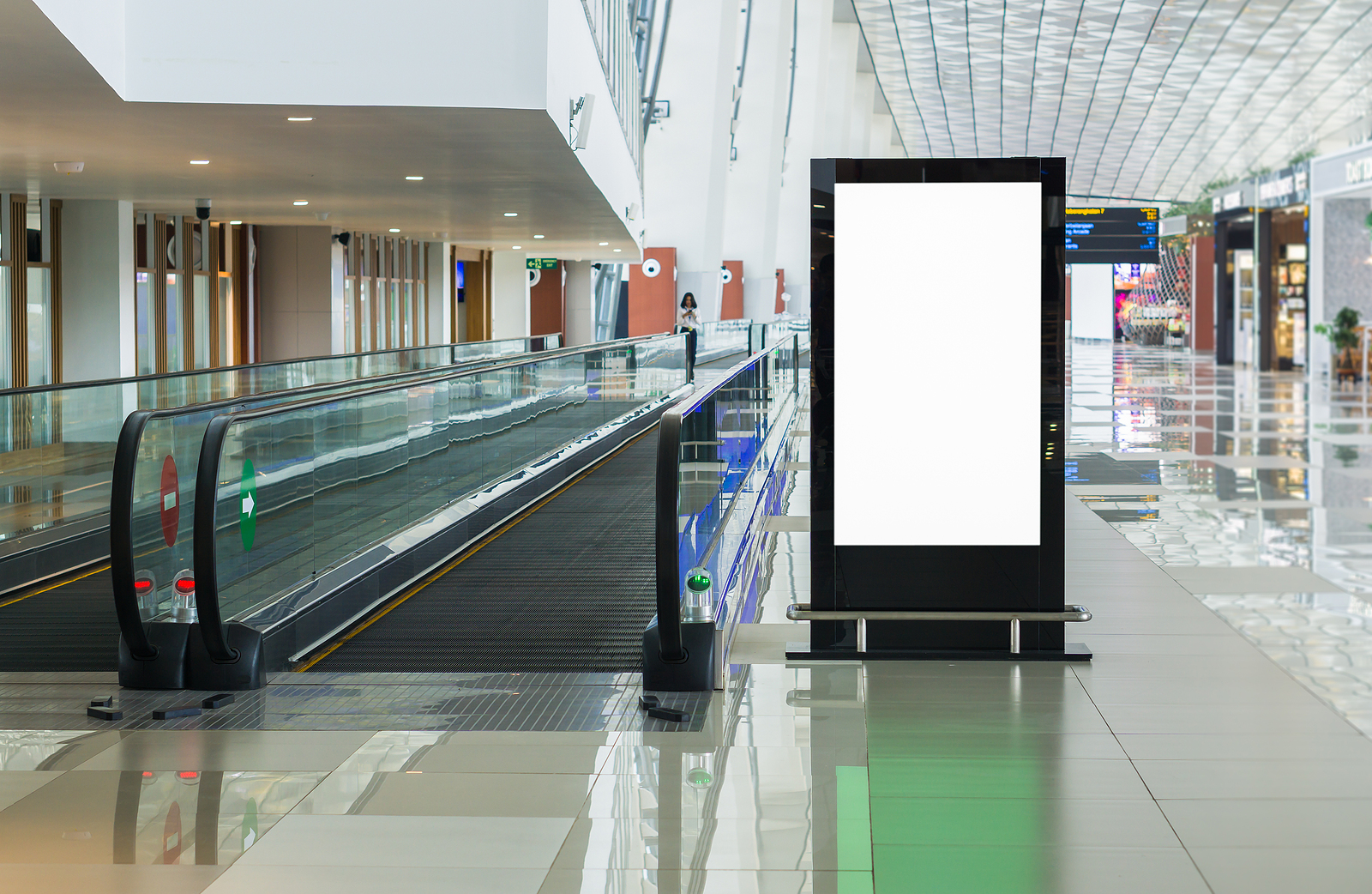Digital Out of Home Advertising (DOOH) has continued to go from strength to strength over the past year, and it has a bright future ahead. According to The Drum, the spending on DOOH is set to surpass pre-pandemic levels by 2024.
The flexibility of DOOH makes it a very different format to traditional billboard advertising. Programmable content means that it is able to target consumers in the most relevant locations and at the optimum times of day.
Content can be changed at the touch of a button, cutting out the weeks of work involved in designing, printing and installing new static content. This means that it can always be targeted to have maximum impact.
The creative possibilities offered by DOOH have also come into their own in the past year. A look around Times Square in New York or Picadilly Circus in London will give examples of 3D digital images that astonish with their lifelike appearance. The stunning WhatsApp ad to highlight privacy features that was launched last October is just one example.
It is not just for creative advertising content that DOOH has such a major advantage over static formats. It is now widely used as a public information channel, at sports grounds, transport hubs, and healthcare and educational settings.
In railway stations, bus terminals and airports, the content can be updated to reflect real time changes, so that passengers can be kept up to the minute with the latest information and any changes or delays. At sporting events, crowds can be managed by alerting them to congested areas or updating them with the latest results from other teams.
Restaurants and fast food outlets are now switching over to digital menu boards, saving a lot of effort in manually updating them throughout the day. These are just a few examples of the huge possibilities LED screens have to offer.

